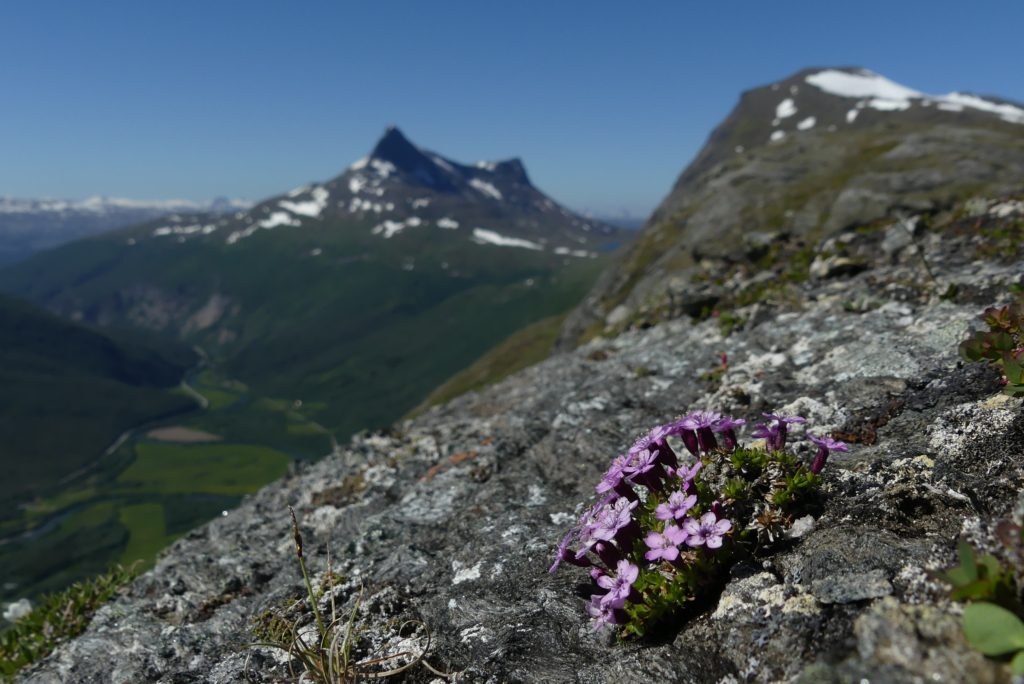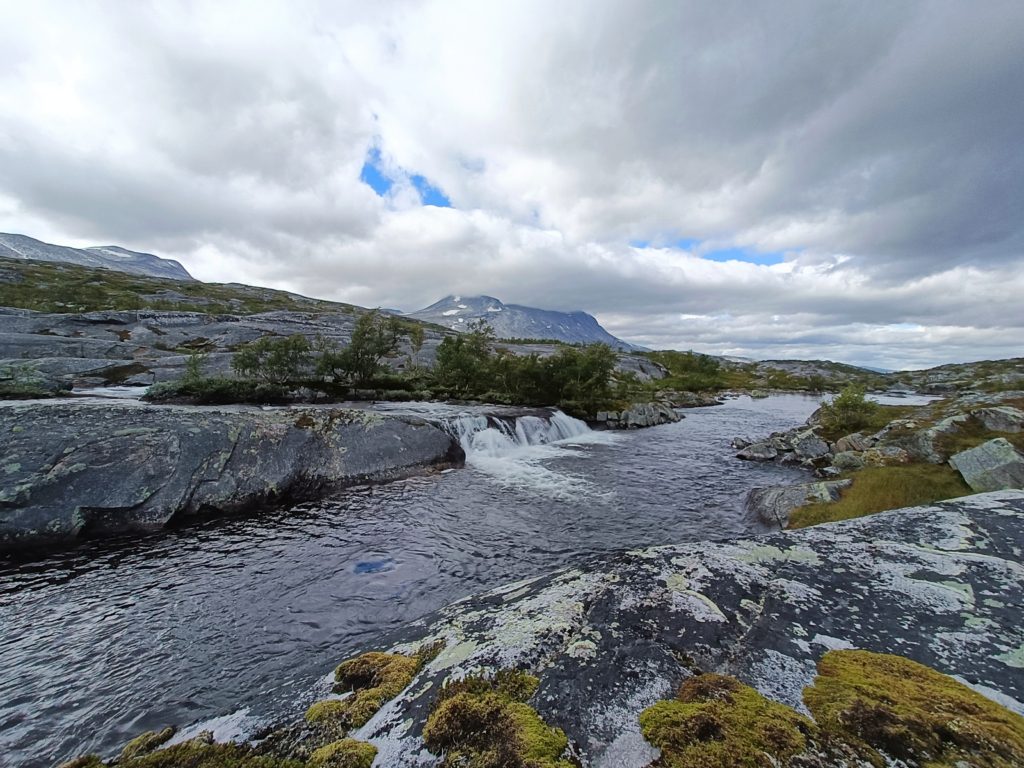Why a national park?
Ever since the 1820s, the calcareous mountains between Norway and Sweden have been sought out by botanists and scientists on account of their special and rich plant life. Parts of the national park was protected as a plant protection area as early as 1928, with 64 species being protected against collection and destruction. In 1986, the Norwegian Council for Nature Conservation put forward a plan for national parks in which they believed that the Junkerdal-Balvatn area should become a national park, as the area was one of the most conservation-worthy areas in the country, both in terms of botany and landscape. It would take some time, but Junkerdal National Park was finally established in 2004. The national park was protected with the aim of preserving a large and virtually untouched natural area, with associated biological diversity (with special emphasis on the unique plant life), geological deposits and cultural monuments. The Sami have been herding reindeer in Junkerdal area since the 16th century, so safeguarding of the natural basis of Sami culture and reindeer herding is also an important reason for the area to be protected. In Junkerdal National Park, you should also have the opportunity to experience nature and a landscape with little to no intervention through traditional and simple outdoor activities.


